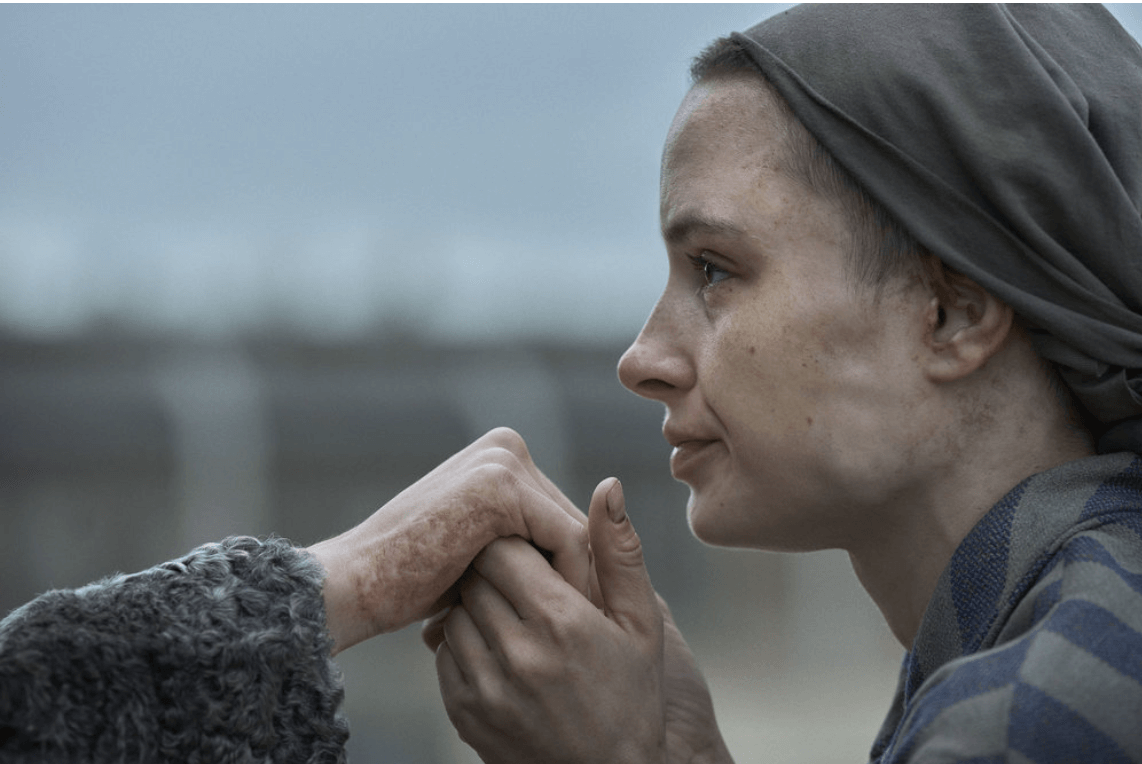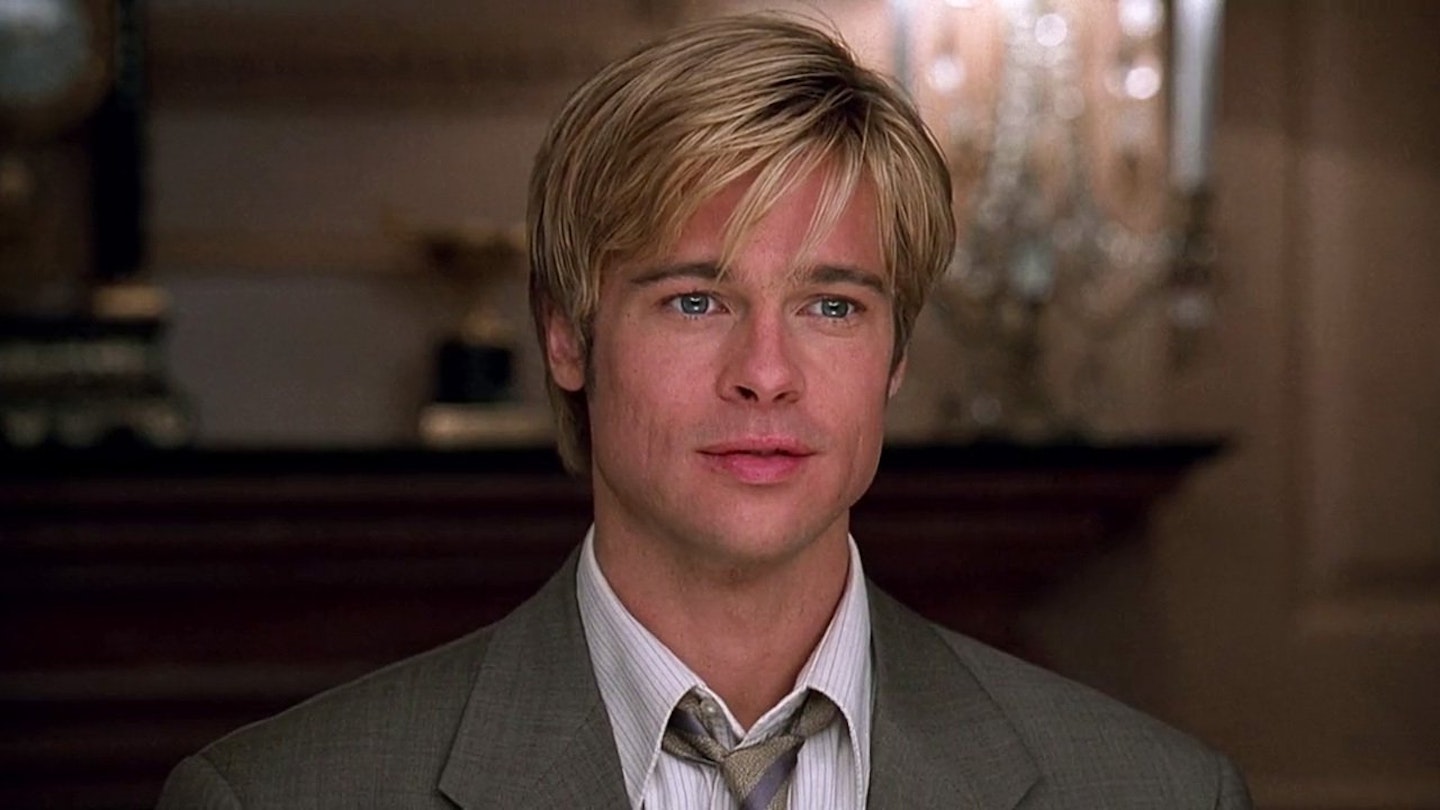The Tattooist of Auschwitz: A Story of Love and Survival Amid Horror
The Tattooist of Auschwitz is a powerful and heartbreaking drama based on the international bestselling novel by Heather Morris. Set during one of history’s darkest periods, the series tells the true story of Lale Sokolov, a Slovakian Jew who survived the Auschwitz concentration camp by taking on the role of the camp’s tattooist. His job was to permanently mark the arms of prisoners as they arrived—numbers that would replace their names, their identities, and often their lives.

Amid unimaginable suffering, Lale meets Gita Furman, a fellow prisoner. From the moment he tattoos her number, a quiet but undeniable connection forms. Against all odds, love begins to grow between them. In a place built to erase humanity, they cling to each other and find strength in the smallest moments of tenderness. Their bond becomes an act of resistance, a quiet defiance against the brutal world around them.

Jonah Hauer King plays the younger Lale with sensitivity and depth, portraying a man torn between duty and helplessness. Melanie Lynskey and Harvey Keitel also appear in the series, the latter portraying Lale in his later years as he reflects on his past. The show does not shy away from the horrors of the Holocaust, but it balances that horror with a message of hope, resilience, and the enduring power of love.
The series is filmed with great care and respect. It avoids sensationalism and instead focuses on the emotional truth of its characters. The gray, muted tones of the camp contrast sharply with the few flashes of color and light that represent memory, hope, or moments of human connection.

What makes The Tattooist of Auschwitz stand out is not just its depiction of survival, but its exploration of guilt, memory, and the responsibility of storytelling. Lale did not speak about his past for many years, but when he finally did, he chose to share it as a tribute to Gita and to the millions who never had the chance.
This is not only a love story—it is a testimony. It reminds us that even in the most inhuman conditions, compassion can endure. For those who watch, it offers a painful yet necessary glimpse into history, and a quiet celebration of courage in the face of cruelty.



